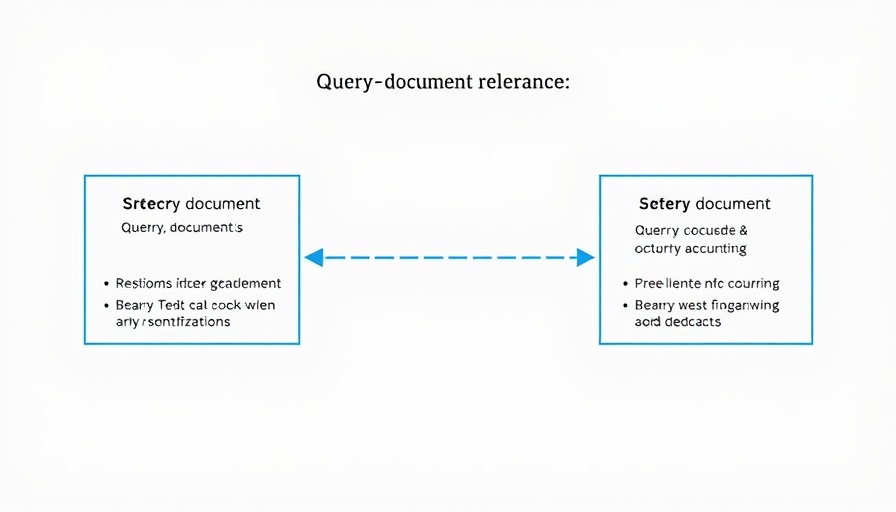
Mastering Your AI: Why ChatGPT Matters for Small Businesses
In an increasingly digital world, small and medium-sized businesses are turning to AI tools like ChatGPT for assistance in enhancing their operational efficiency and customer engagement. Understanding and mastering prompts in ChatGPT can transform how businesses interact with technology, leading to substantial time savings and improved performances. This is not just about adopting technology but about learning how to use it to its fullest potential.
The Art of Crafting Effective Prompts
Creating effective prompts is essential for getting the desired response from ChatGPT. A well-crafted prompt can lead to insights and suggestions that you may not have considered. Start by being specific about the content you’re seeking or the task you need to accomplish. For instance, instead of saying “Tell me about marketing,” try prompting with “What are three innovative marketing strategies that small businesses can use in 2025?” This approach encourages the AI to deliver tailored responses suited to your needs.
Role Assignments: A Game Changer
One of the best-kept secrets in utilizing ChatGPT effectively is the ability to assign roles. By defining a specific role for ChatGPT, you give it a framework to provide responses that are contextual and relevant. For example, asking ChatGPT to act as a "business consultant" or "digital marketing expert" will yield more targeted advice as it aligns its responses to the expectations of those roles.
Leveraging Templates for Efficiency
Templates can significantly reduce the time it takes to generate high-quality content. Once you've established a master prompt, save it as a template. This way, you can refine it according to your specific needs over time without starting from scratch. For instance, if your business often needs social media posts, construct a template that outlines the key elements you want included, such as tone, length, and target audience.
Current Trends in AI Marketing
As we witness a surge in AI marketing tools, it’s crucial to be informed about trends that can influence your strategy. One such trend is the personalization of customer interactions powered by AI. Businesses that utilize ChatGPT effectively can generate personalized messages, recommendations, and responses based on user queries. This level of customization enhances customer satisfaction, making your business more appealing in competitive markets.
Common Misconceptions About AI Tools
Despite the rapidly evolving landscape of AI, many small business owners harbor misconceptions. One prevalent myth is that AI tools are only for large corporations with substantial budgets. In reality, tools like ChatGPT are accessible to businesses of all sizes and budgets. Learning how to utilize this technology can offer a competitive edge. Additionally, some believe that AI can't grasp complex nuances; however, with the right prompts and contextual framing, it can produce conversations that feel both engaging and human-like.
Future Predictions: The Role of AI in Business
Looking ahead, the integration of AI tools like ChatGPT in everyday business practices will only grow. Future iterations of AI will likely become even more sophisticated, understanding context and emotional tones better than today. For small and medium businesses, this means that harnessing these capabilities can lead to stronger customer relationships and innovative ways to reach and engage clients.
Empowering Your Business with ChatGPT
Incorporating ChatGPT into your daily operations can elevate your business approach. The insights and methods detailed in this article serve not just as guidance but as a call to action. Embrace learning how to leverage AI for your unique needs. Start experimenting with these strategies today, and the transformative potential of AI will lead you on a path toward efficiency and enhanced customer engagement.
 Add Row
Add Row  Add
Add 



Write A Comment